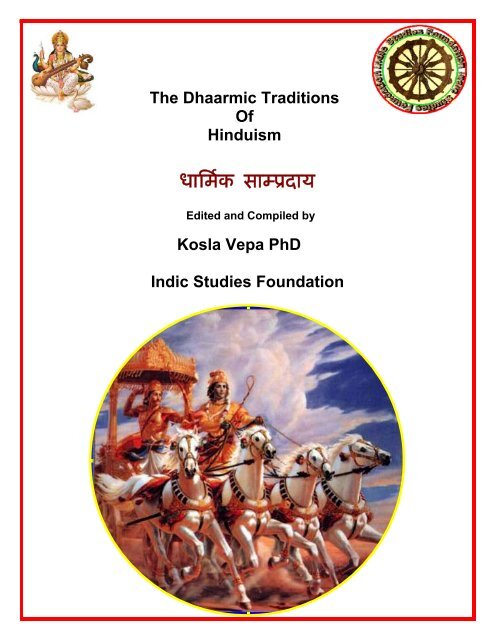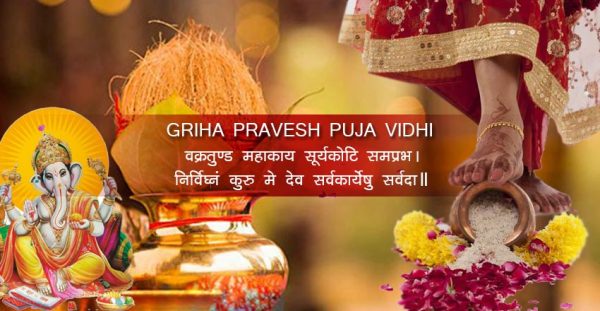


Vishnu for 1000 times (sahasraa varthanam) and by chanting purusha suktam and sri. Those who steal conch shells also become ghosts. including but not limited to Wedding Marriages, Satya Narayana Vrataa. Apart from non-performance of śrāddha rites, one can become ghost if he steals from women, children and temples. If it attains ghost hood, it cannot reach the world of ancestors. It is said that if śrāddha-s are not performed for a departed soul, its subtle body becomes a ghost. Sapiṇḍīkaraṇa should not be performed if the deceased’s father is alive and in the case of a woman, if her husband is alive. If individual śrāddha-s are performed after sapiṇḍīkaraṇa, the performer tortures the subtle body of the dead. If sapiṇḍīkaraṇa is performed, the dead becomes a pitṛ or ancestor and ceremonial rites should be performed for three generations – the dead, his father and his grandfather. In case individual rites are performed after sapiṇḍīkaraṇa, sapiṇḍīkaraṇa is to be performed again. After performing sapiṇḍīkaraṇa, no further individual rite should be performed. Nāndī śrāddha is a ceremony performed to seek the blessings of ancestors while performing any auspicious ceremonies such as marriage. After performing sapiṇḍīkaraṇa, nāndī śrāddha should be performed.

For a woman, only her son, husband or husband’s brother alone can perform sapiṇḍīkaraṇa. If the deceased has no son, it can be performed by his wife, brothers, brother’s son or other close relatives. Sapiṇḍīkaraṇa can be performed only by the son. by people on several major occasions like housewarming, marraige etc. Twelve monthly ceremonies and four ceremonies one at the end of 45 days, 90 days, 180 days and 360 days. Purusha suktam and Sri suktam were chanted Dr. at the time of collecting ashes and 7 – 16. to the spirits living in the cremation ground, 6. Till then, the subtle body continues to suffer and some of them become ghosts. If these sixteen śrāddha-s along with sapiṇḍīkaraṇa are performed, preta body of the dead loses its identity and becomes a pitṛ or ancestor. During the first year after death, sixteen śrāddha-s (ceremonies performed in honour of the dead) are to be performed. If this is not possible, it can be performed at the end of 45th day or six months or at the end of one year. Garuḍa Purāṇa says that sapiṇḍīkaraṇa can be performed on the twelfth day. Kane.The section 1 deals with Vratas and Utsavas and gives a comprehensive list of over 1000 vratas with their source, see book page numbers 251 through 462. Till sapiṇḍīkaraṇa is performed, no auspicious functions should be held in the family of the deceased. History of Dharmashastra, Ancient and Mediaeval Religious and Civil Law, Vol V, part 1 by P. The subtle body of the dead is called preta till sapiṇḍīkaraṇa is performed. By performing this rite, the preta body of the dead enters the world of ancestors known as pitṛloka. Nowadays it has become part of funeral rites. Originally, this was performed along with the first year ceremonial rites. There is a ritual called sapiṇḍīkaraṇa performed on the twelfth day from the date of death.


 0 kommentar(er)
0 kommentar(er)
